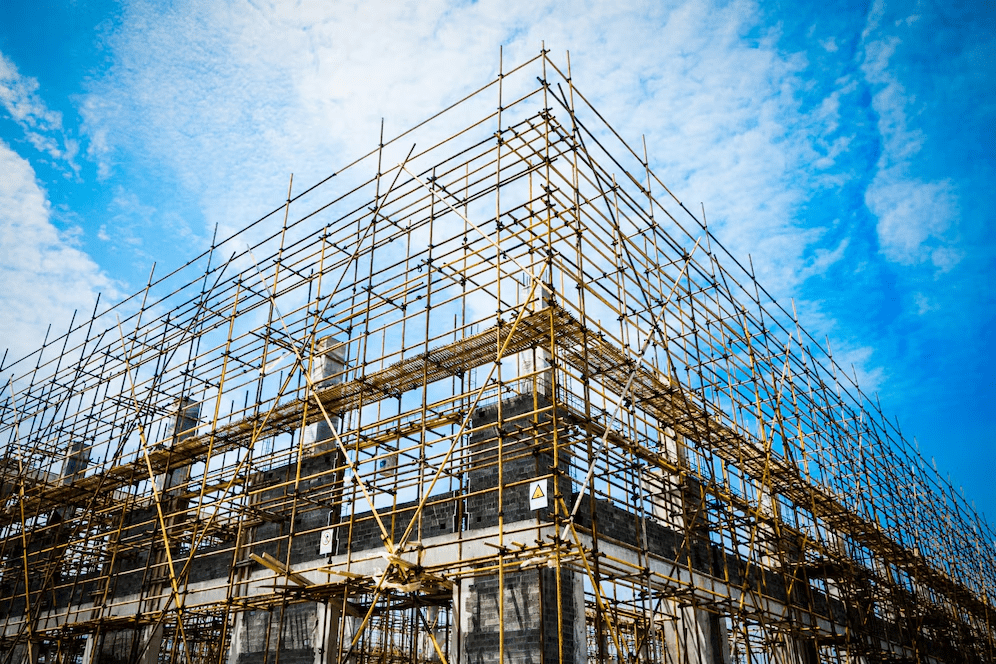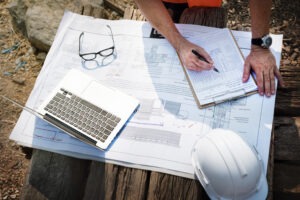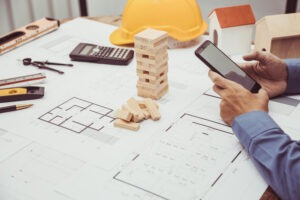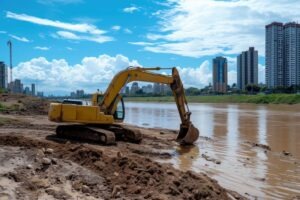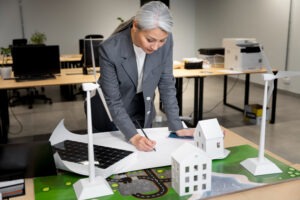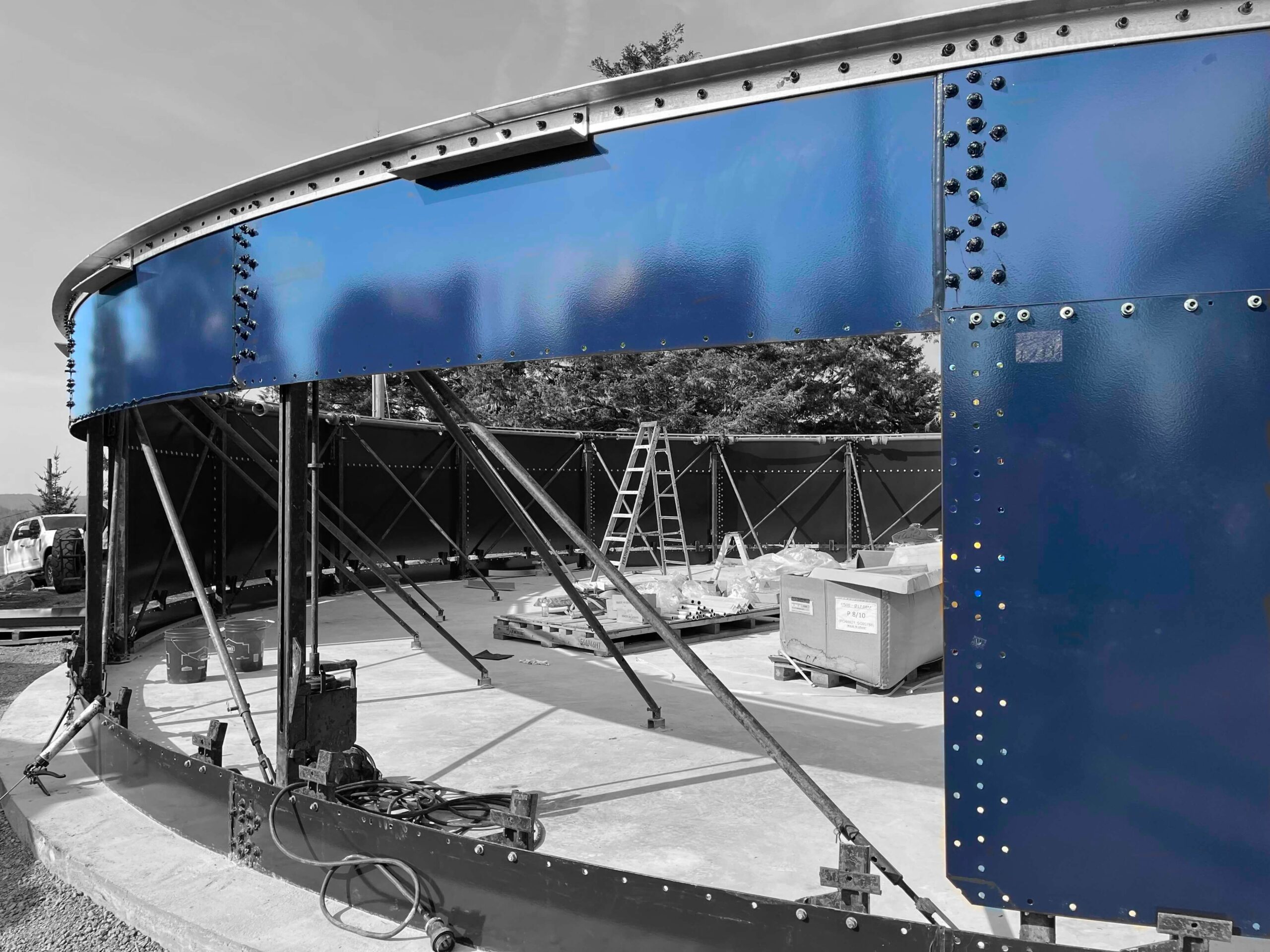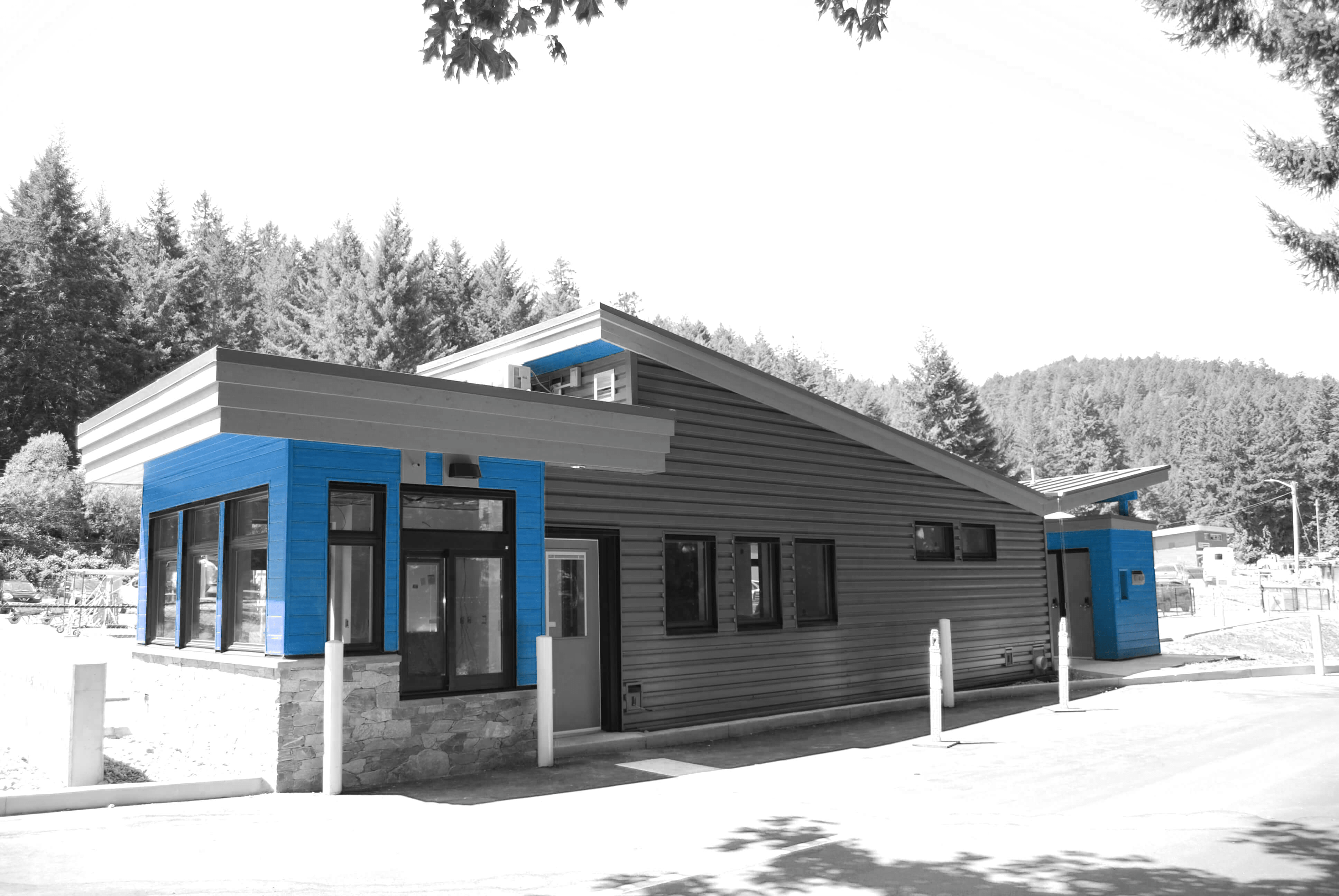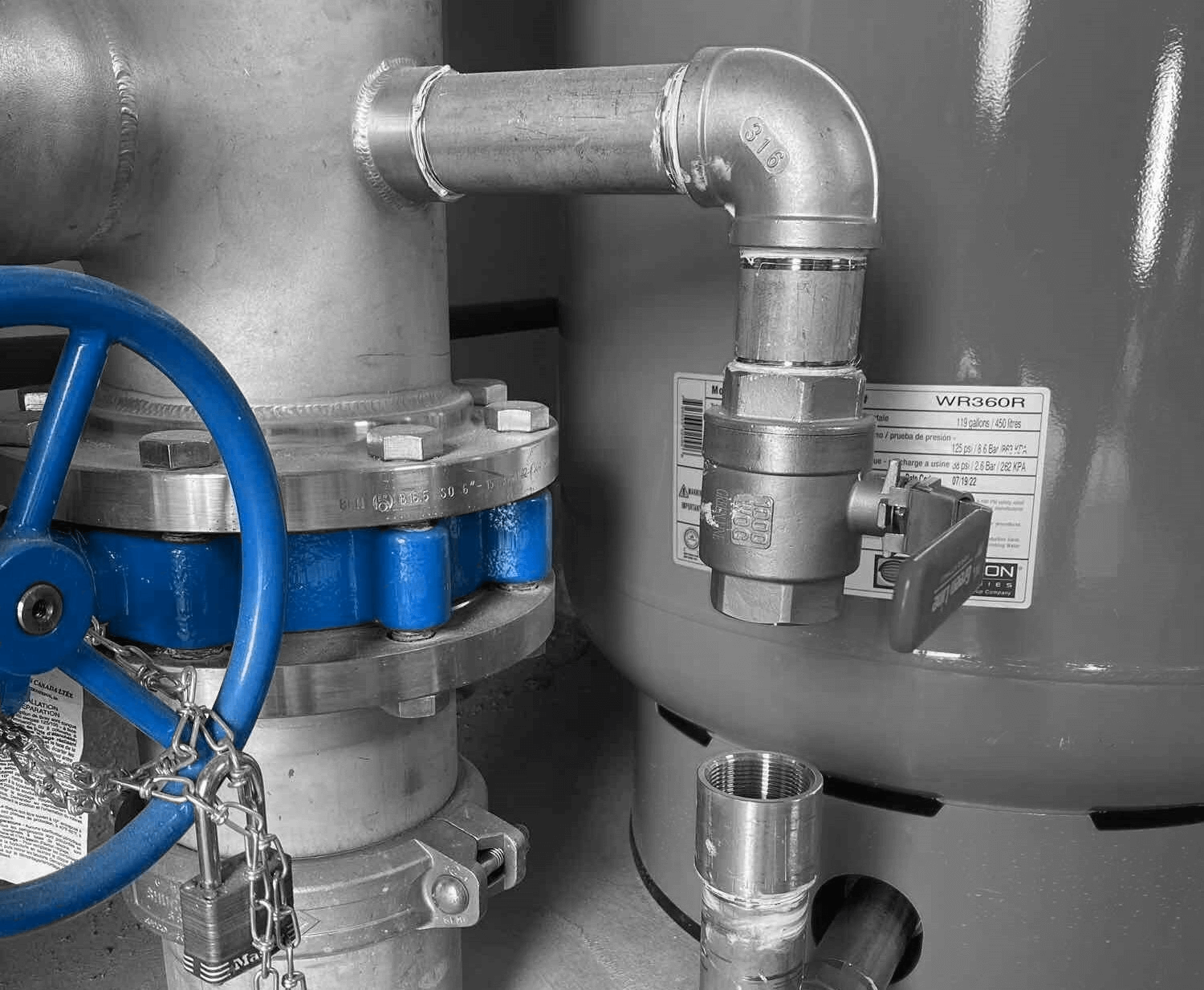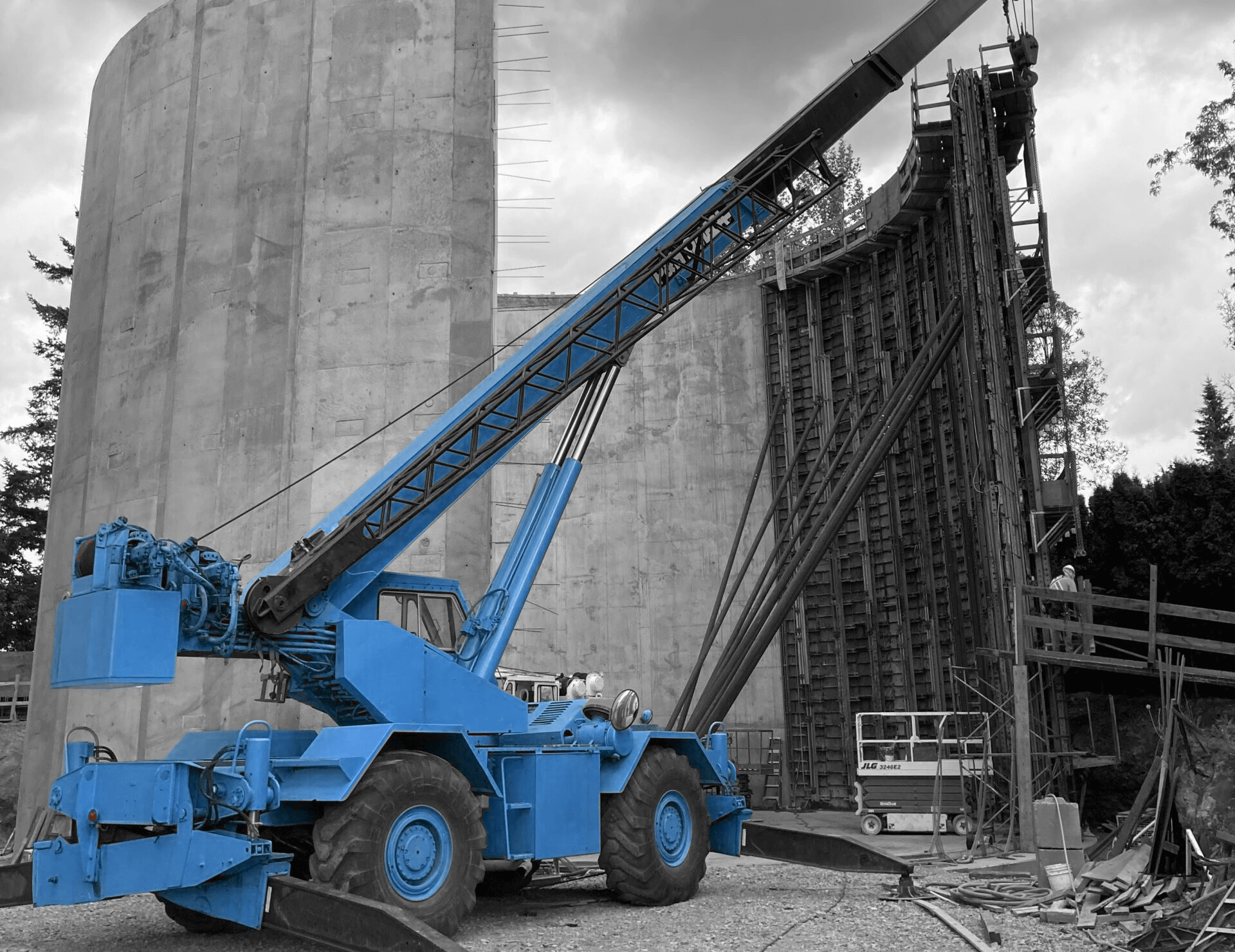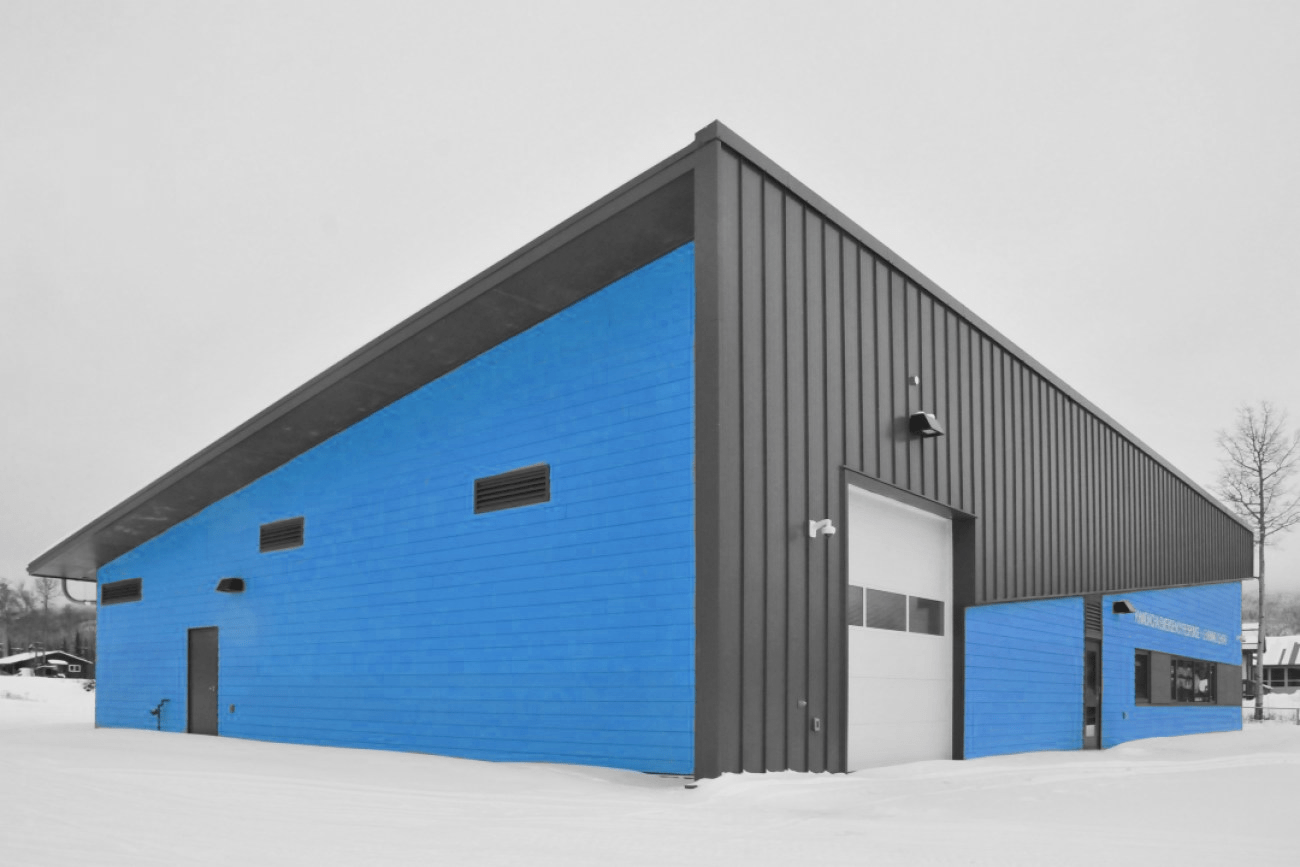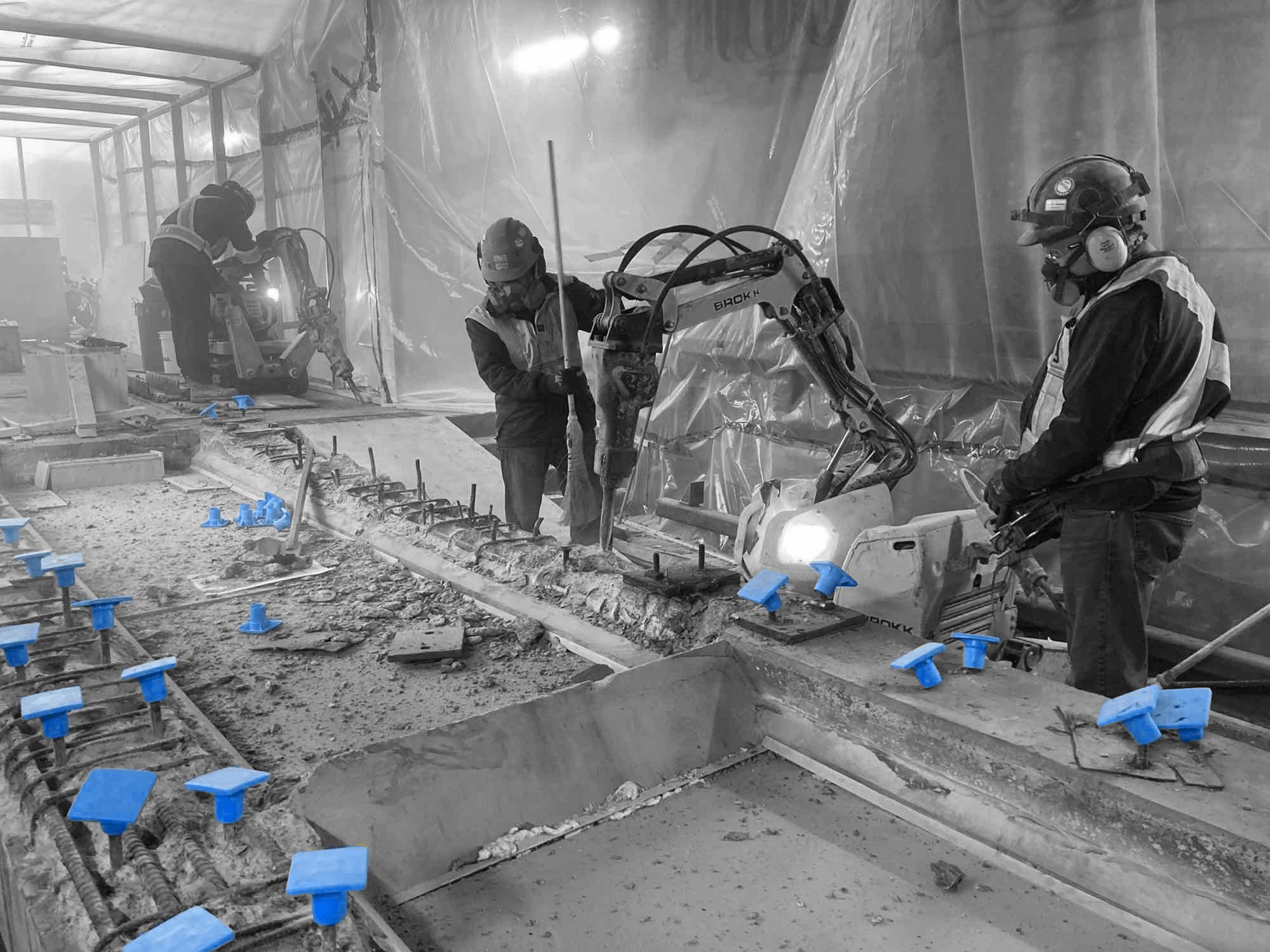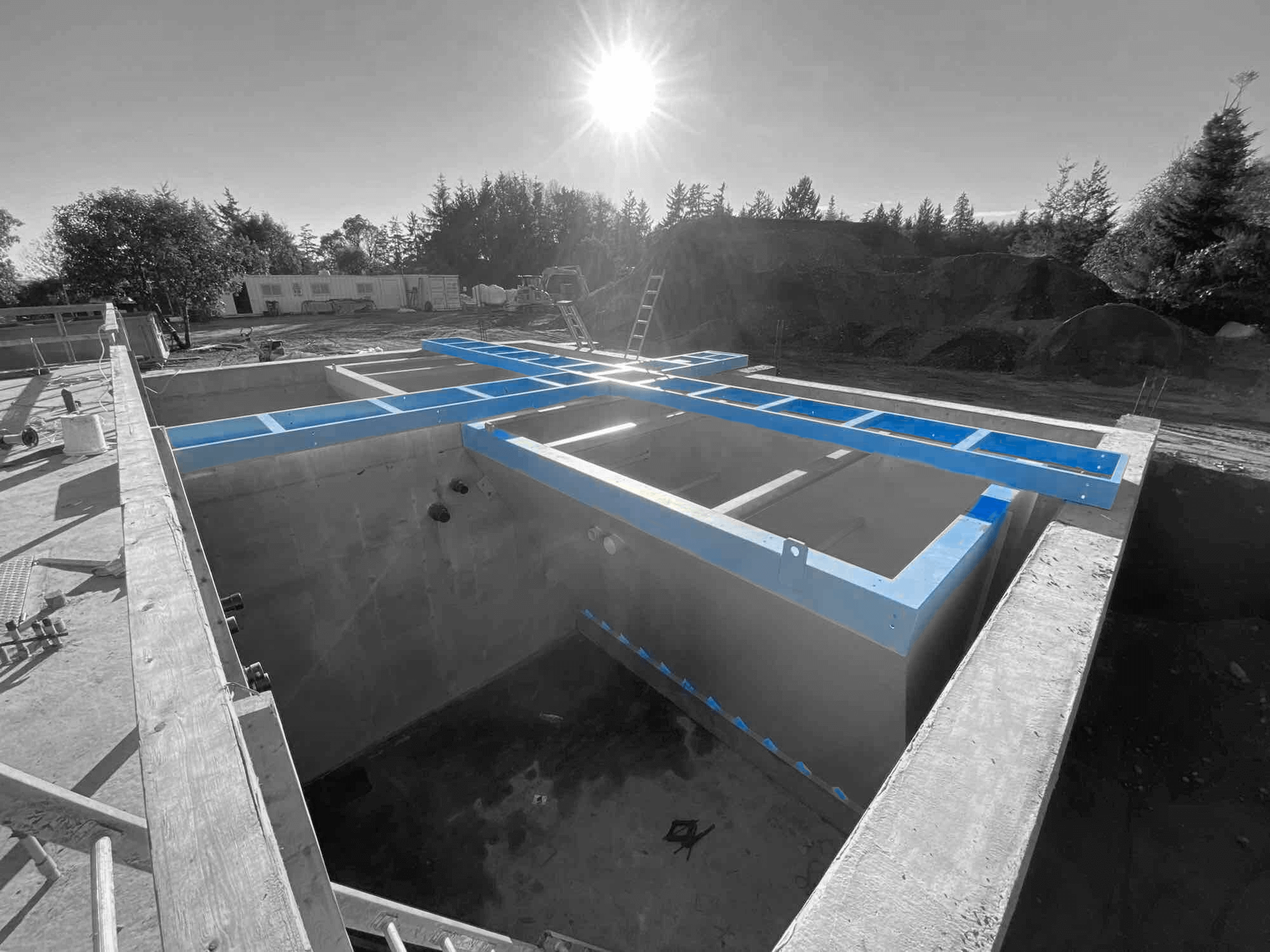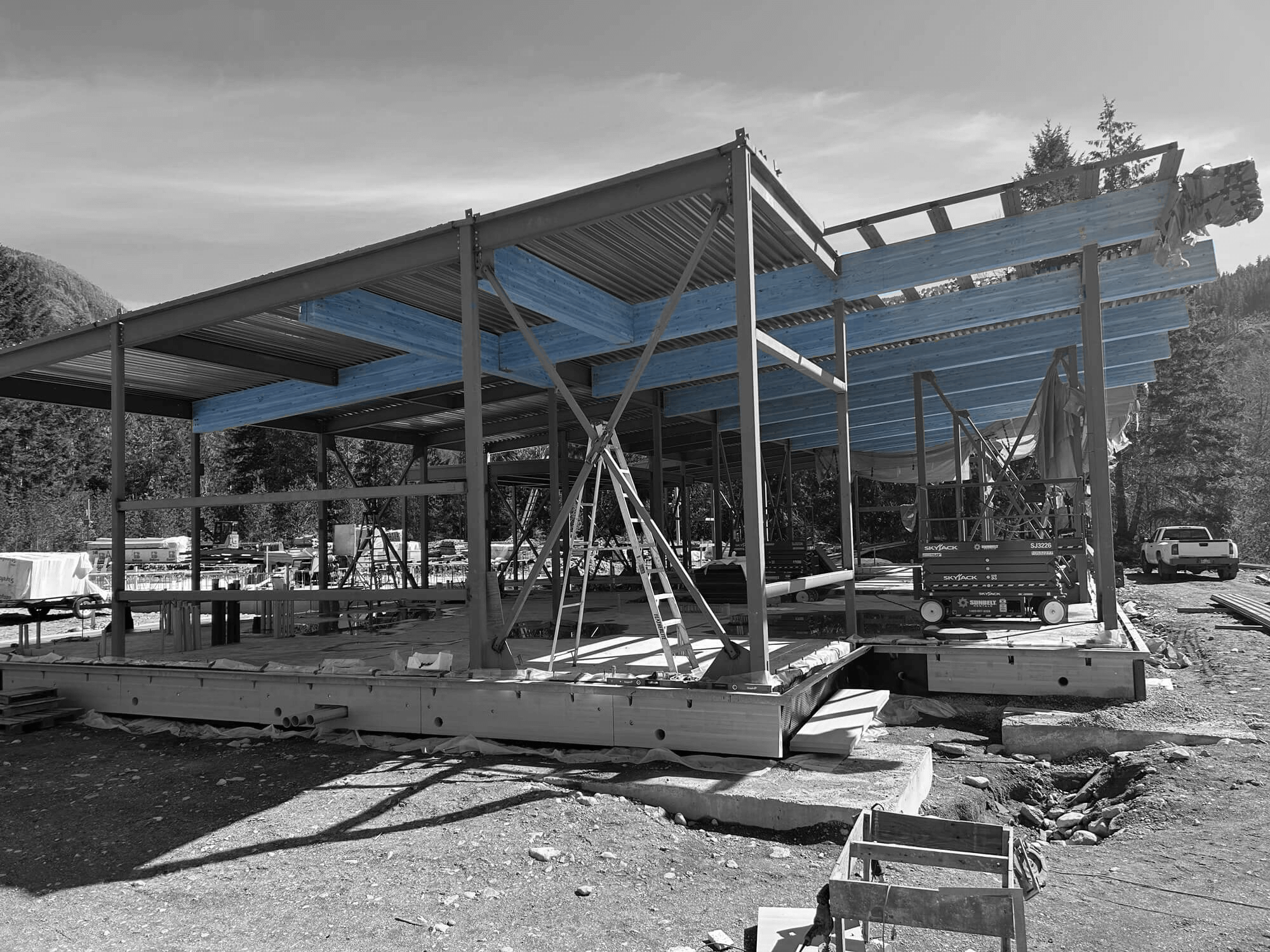Steel buildings are changing the way industries think about construction. Known for their strength and durability, these structures offer a range of benefits that support industrial growth. They are designed to last, even in harsh conditions, making them a reliable choice for many businesses.
One major advantage of steel buildings is their cost-efficiency. They can be constructed quickly, helping industries save time and money. With prefabricated parts, these buildings come together like a puzzle, often reducing labour costs and construction waste.
Moreover, steel buildings stand out as a sustainable option. They are environmentally friendly, thanks to their recyclable nature and energy-efficient designs. By choosing steel, industries not only get strong, long-lasting structures but also contribute positively to the environment. This makes steel buildings a smart choice for industries looking to grow while maintaining a commitment to sustainability.
Durability and Longevity of Steel Buildings
Steel buildings are prized for their strength and resilience. Steel as a material is incredibly tough, making it perfect for constructing long-lasting industrial buildings. It doesn’t warp or get affected by insects, and it holds up well against wear and tear over time. This durability is a key reason why many industries choose steel.
One big advantage of steel buildings is their ability to handle harsh industrial environments. These structures can stand firm against strong winds, heavy snow, or even earthquakes. Their robustness ensures that industries do not need frequent repairs, which saves both time and resources. Moreover, steel does not easily corrode, meaning it requires less maintenance than other materials like wood or concrete.
Numerous industries, such as those involved in processing or manufacturing, benefit from steel’s resilience. These buildings provide a stable and safe environment for heavy machinery and large-scale operations. The ability to withstand extreme temperatures further adds to their appeal. Overall, the longevity of steel buildings not only protects the business’s physical assets but also assures continuous operations without unnecessary interruptions.
Cost-Efficiency and Quick Construction
Steel buildings are known for being cost-effective from the start of the project to the very end. One of the biggest financial benefits is the reduction in construction time. Building with steel is generally faster than using other materials, thanks to advanced design techniques and prefabrication. With parts made to fit before reaching the site, assembly is quick, minimizing labour costs and saving time.
Here are some of the key financial benefits:
1. Reduced Labour Costs: Quicker assembly means less time is spent on-site, reducing the overall labour hours needed.
2. Minimised Waste: Prefabrication ensures precise cuts and reduces material waste, cutting down on disposal costs.
3. Long-Term Savings: Steel buildings require less maintenance and fewer repairs over time, reducing lifetime operational costs.
The role of modular design in steel building construction cannot be overstated. Modular designs allow for easy expansions and modifications without extensive downtime. This adaptability means that as industrial needs grow, the building can grow too, without the significant costs associated with traditional construction adjustments.
In conclusion, the cost-efficiency and quick construction of steel buildings make them an attractive option for industries looking to save money and build quickly. The financial savings from reduced construction times and the long-term benefits of minimal maintenance make steel a smart choice for industrial projects.
Sustainability and Environmental Impact
Steel buildings shine when it comes to sustainability. One of their most commendable features is their recyclability. Steel is one of the most recycled materials on Earth, which means when buildings reach the end of their life, the material can be repurposed without losing its quality. This greatly reduces waste and conserves natural resources.
Energy efficiency is another major perk. Many steel buildings are designed to reduce energy consumption. This happens through advanced insulation techniques that keep the inside temperature stable, cutting down on heating and cooling costs. Steel structures can also easily accommodate solar panels and other renewable energy systems, making them a fantastic choice for eco-friendly operations.
Steel construction supports various green building initiatives, helping reduce carbon footprints. It’s common to find steel buildings that earn certifications like LEED (Leadership in Energy and Environmental Design), which acknowledges sustainable building practices. By decreasing environmental impact, steel buildings contribute positively to global efforts aimed at making industries cleaner and more sustainable.
Versatility and Customisation for Industrial Needs
Steel buildings offer remarkable versatility and customisation options for industries. They provide flexible design choices that can adapt to different needs and functions. Whether it’s adding more space, reorganising the layout, or implementing modern systems, steel structures can accommodate it all with ease.
The flexibility of steel buildings allows them to fit various applications, such as manufacturing plants, warehouses, or office spaces. Industries can quickly modify the internal layout to suit changing demands without the hassles of lengthy renovations. Here are some ways steel buildings prove versatile:
1. Easy Expansion: Need more room? Adding sections to steel buildings is straightforward, accommodating growth without major disruptions.
2. Custom Layouts: From open spaces to sectioned areas, steel structures adjust to specific industrial workflows and needs.
3. Aesthetic Options: Steel buildings don’t have to look plain. A wide range of design options and finishes can make them visually appealing while meeting functionality.
These features make steel an excellent solution for dynamic industrial environments requiring adaptable structures that evolve with the business.
Conclusion
Steel buildings stand out as exceptional solutions for industrial growth, blending durability, cost-efficiency, sustainability, and versatility. Their robust nature ensures a long lifespan with minimal maintenance, making them an economically wise choice. By embracing prefabrication, industries save precious time and resources, accelerating project completion without sacrificing quality. Moreover, their commitment to environmental protection through recycling and energy-efficient designs offers a future-proof path toward greener industries.
Given these practical benefits, steel buildings not only meet the demands of today’s industrial sector but also anticipate the challenges of tomorrow. They provide the ideal framework for businesses looking to expand their capabilities while maintaining flexibility and minimizing environmental impact.
For industries aiming to integrate these advantages, partnering with experts can be a game-changer. Industra Construction Corp. is ready to help you unlock the full potential of steel buildings, driving your business forward with expert precision and innovative solutions tailored to your needs. Reach out to explore how our experienced team can turn your industrial vision into reality.


